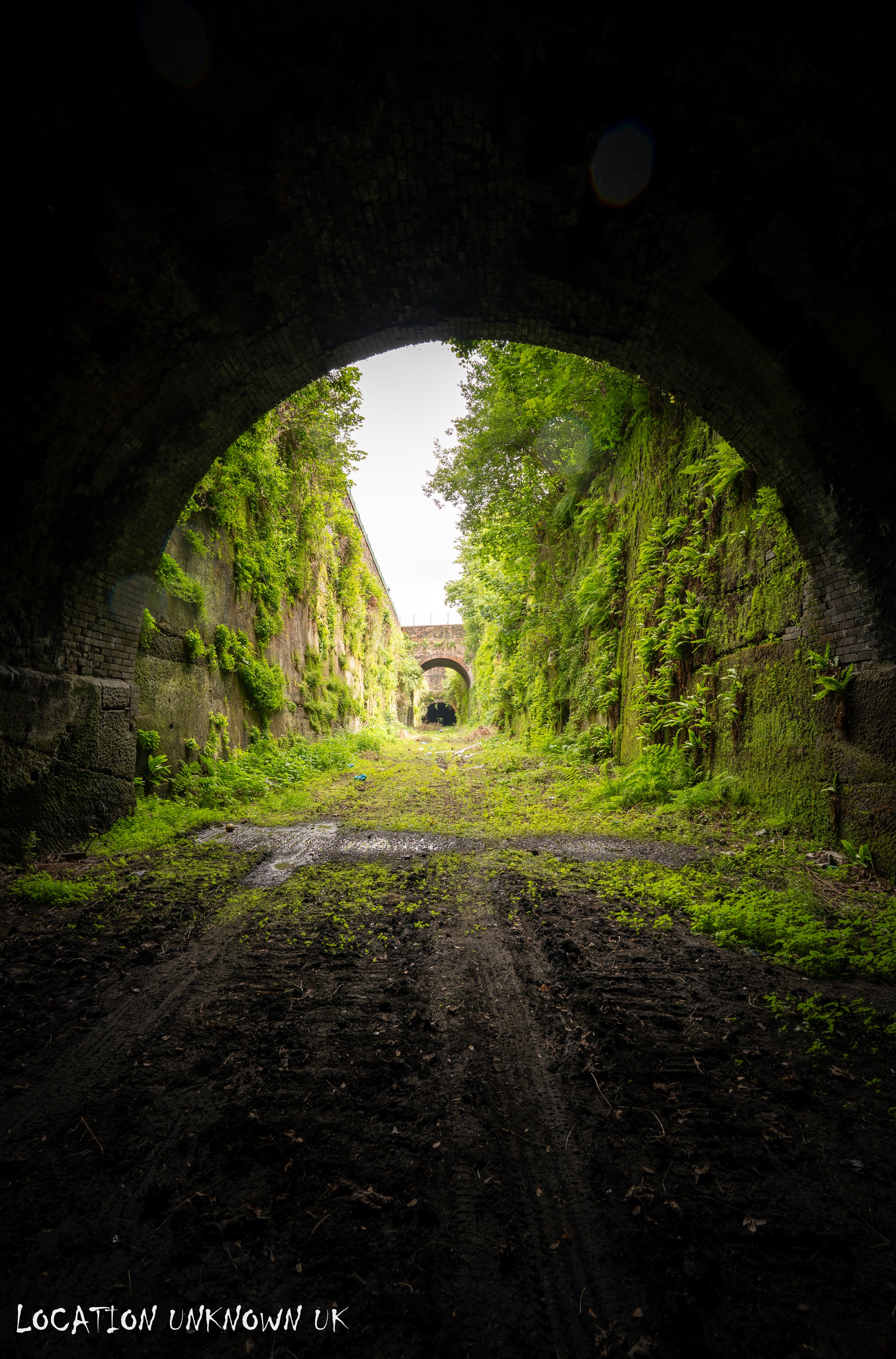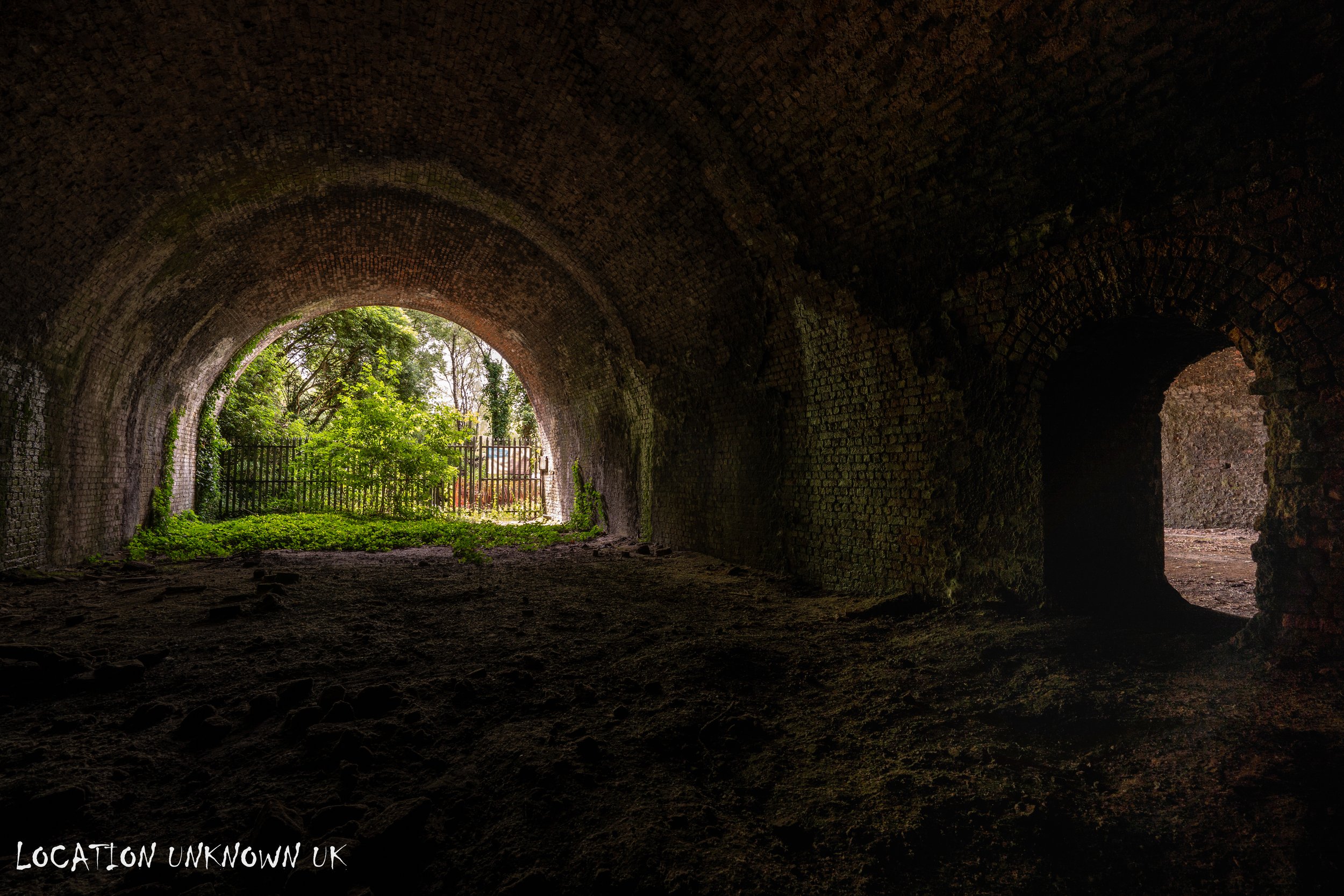Walton-On-The-Hill Tunnels - Liverpool
Over the past few years, I've been slowly but surely working my way through Liverpool's many disused railway tunnels. Walton Tunnel was the final one on my list, the last piece of the puzzle to complete my exploration of the city's subterranean railway past.
A previous attempt at the Dingle Tunnel had ended abruptly; we were caught just minutes in, and despite our best efforts, we couldn't sweet talk the garage owner above into letting us continue. We left that day with only a partial glimpse inside.
Of all the disused railway tunnels in the area, Walton Tunnel struck me as the most photogenic. All of them seem to be remarkably deep, presumably to compensate for the houses above and feature massive, open-cut sandstone trenches. These deep cuts create an intriguing underground terrain against the densely populated urban landscape.
One afternoon, finding ourselves in the area, we hadn't initially planned on tackling Walton Tunnel. However, a quick check of the map revealed we were right near its Northern portal. It was an opportune moment to finally have a look. This particular tunnel had always been on my radar, but other explorations always seemed to take priority.
Having not scouted the location in over three years, our expectations were low as we approached. To our surprise, we found a missing palisade panel at the portal, hinting at a potentially doable entry point. After about 20 minutes of strategizing, we concluded a ladder would be essential, a tool we didn't have on hand. A return trip was swiftly planned.
"Soon" turned into a few months, but we eventually made it back, armed with a ladder and ready for an awkward entry. During our previous reccy, we'd noted that the vegetation had been freshly cut back, providing a clear path to the portal, which made us suspect the entrance might now be fully sealed.
To our delight, when we arrived, it was clear someone else had been busy making their own way inside. More palisade panels were missing, and one of the large metal sheets had been bent back, with the metal pry bar blatantly hanging out the side. What was once a potentially impassable entry point had become a comfortably wide gap to slip through.
All three of these tunnels are relatively short, meaning you're never in complete darkness, one portal is always visible. The open cuttings are, for me, the most captivating feature of these places. Often blanketed in moss, they evoke a strangely beautiful, dystopian vision of a future overgrown and reclaimed by nature.
We also noticed fresh car Tyre tracks and a large tarpaulin sheet inside. This, coupled with the recently tidied vegetation, made me wonder if there are future plans for the line. However, a recently built retirement home at the Northern portal might well complicate any potential redevelopment.
History
“The former Walton Tunnel in Liverpool actually refers to the three Walton-on-the-Hill railway tunnels, built by the Cheshire Lines Committee in the 1870s as part of their North Liverpool Extension Line. These tunnels, Walton Hill (229 yards), Breeze Hill (643 yards), and Hawthorne Road (247 yards), were designed to connect the CLC's main line to the north Liverpool docks. Although initially intended for four tracks due to optimistic traffic predictions, only two were ever laid. The line and tunnels opened in stages between 1879 and 1880, but passenger services were short-lived, ceasing completely in 1918. Goods traffic continued until August 1975, with the tracks lifted and tunnels officially closed by 1980. Today, these historically significant tunnels are disused and largely sealed, yet remain in generally good condition, with some sections containing concrete struts from the A5058 Queens Drive flyover above.”

























